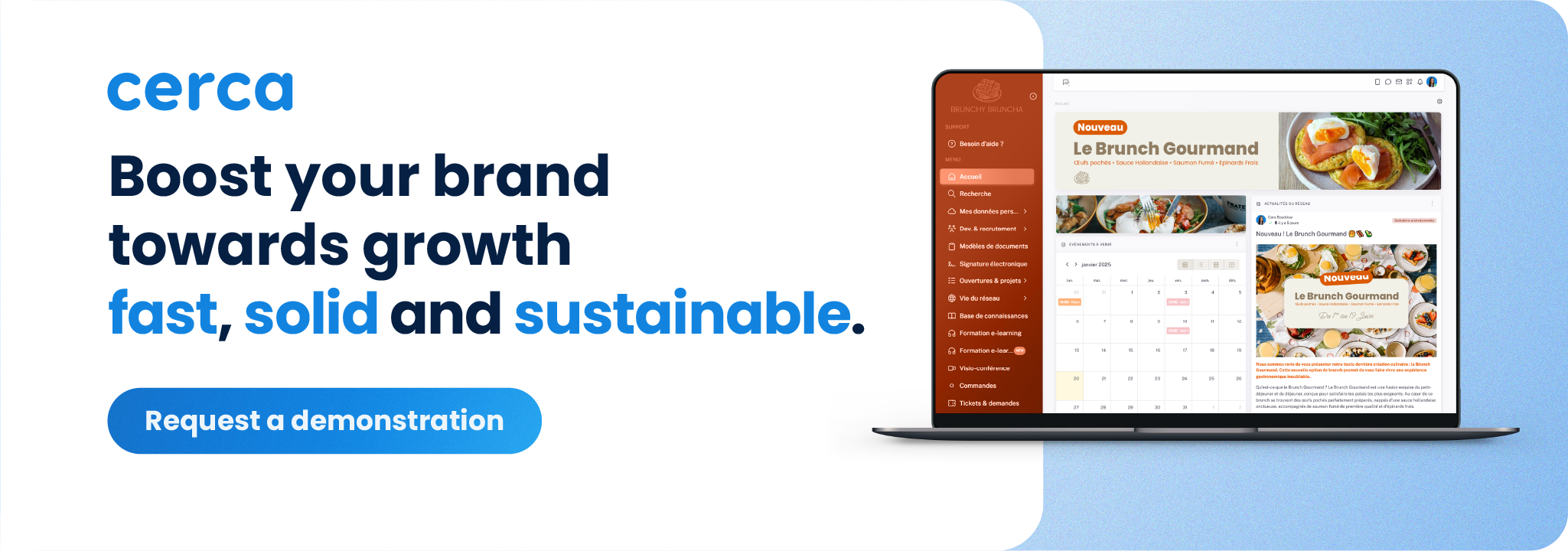
The power of listening: the key to driving engagement in a franchise network
Because a good idea is not enough. In many franchise networks, headquarters launches new projects with enthusiasm: a new tool, a training module, a new process, a new method of working. Everything is ready. Everything makes sense. Everything seems obvious. And yet… nothing happens on the field. No rejection. No criticism. Just: nothing. That’s when many franchise leaders discover a fundamental rule of multi-unit networks:
- Performance cannot be ordered — it must be adopted.
- A good idea has no value unless the field makes it their own.
- And that’s where listening-led leadership comes in.
The trap of top-down management
Why imposing an idea never works in a franchise network At headquarters, the reasoning is usually: “It’s useful, so they will use it.” But on the field, the logic is different: “If it doesn’t help me in my daily operations, I won’t use it.”
Here’s a true story about a large restaurant franchise. They wanted to improve internal training and reduce turnover. They invested in high-quality e-learning modules, involved the leadership team — everything was ready to succeed. Yet: zero adoption. No refusal. No complaints. Just operational silence. Headquarters insisted. Presentations, reminders, messages. Still nothing. Because even a good idea remains… an idea. As long as the field doesn’t perceive a concrete benefit, it will NEVER become a solution.
Listening-led leadership
Let the field drive the change
A few months later, headquarters stopped pushing. And something happened. Franchisees restarted the project themselves. They tested the solution, showed it to their teams, proved its impact. From that moment on, the whole network followed.
This shift illustrates a fundamental truth:
A project is not implemented. It spreads.
Some brands — like Columbus — have understood this. They test several ideas in parallel, observe which one the field naturally adopts, and only then roll out the winning one. This is not a management strategy. This is a listening strategy.
Turning the field into the engine of the project
How to drive adoption without imposing anything
Adhesion happens when franchisees become actors in the initiative.
Don’t launch a tool. Launch a use case.
Instead of: “Here is a new tool” → Say: “Here is how it simplifies your daily work.”Start with 3 pilot franchisees
Give them ownership — they naturally become ambassadors.Test in real situations (POC)
Proof beats PowerPoint every time.Never deploy until the field has validated
Golden rule: no adoption = no rollout.
When results come from the field, they are no longer “head office numbers,” but “network-proof.”
Mini action plan for network managers
Step 1: Select 3 pilot franchisees
Choose diverse profiles (region, turnover, seniority…).
Step 2: Run a short test (4–6 weeks)
Focus on one measurable objective (improve NPS, reduce training time…).
Step 3: Become a facilitator — not a controller
Your role:
- set the framework,
- collect feedback,
- support adoption.
No need to argue, convince or impose. The field speaks for itself.
Step 4: Let franchisees present the results
- When peers say “it works”,
- everyone follows.
Immediate impact:
The network buy-in happens on its own — no push, no resistance.
This is what real field-driven management looks like: innovation comes from the franchisees and the field teams, not from a top-down directive at head office.
When the idea becomes theirs, everything accelerates
In a franchise network, success does not depend on the idea itself, but on the energy it generates. As long as a project is seen as “the head office’s idea”, it remains optional. But the moment it becomes:
Le jour où il devient :
- “our tool”
- “our method”
- “our way of doing things”
adoption becomes natural, spontaneous, and sustainable. The best strategy is always the one built WITH the field, not FOR the field.





